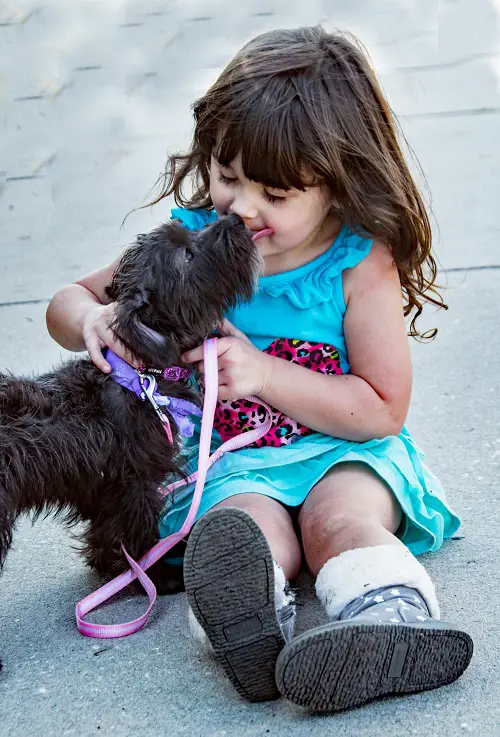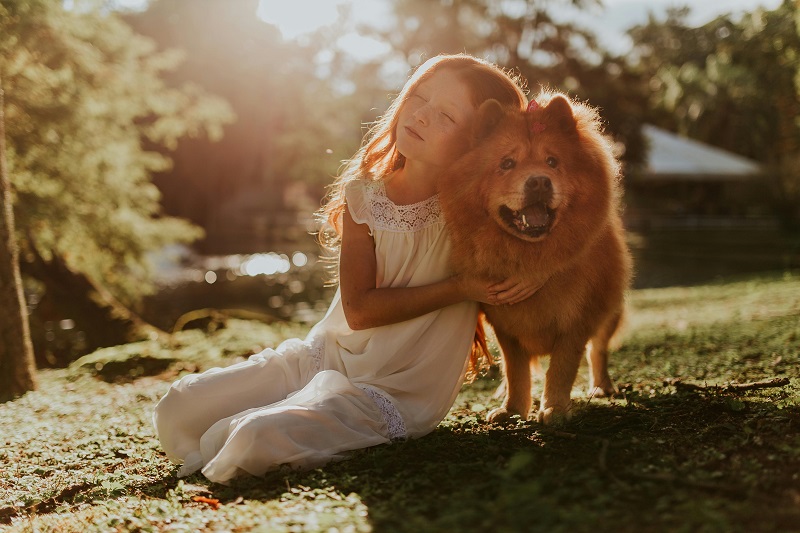Teaching kids safe interaction with dogs requires intent, focus, knowledge, and patience. When done correctly, the result is that the children are safer, and can handle themselves responsibly around dogs.
Teaching safe interaction is a key measure in protecting children from suffering a dog bite. It’s a dog’s nature to use their bite to communicate and for self-defense. As children are new to everything, they don’t know about safely interacting with dogs until they’re schooled. When kids aren’t taught how to interact with dogs properly, both are in danger.
Educating Kids Consistently
It’s best to begin teaching kids about safe interaction with dogs from a young age. Children and dogs are similar in that the younger they are when they receive training, the more information tends to stick with them. Also, dog education must be ongoing. Better results are achieved when the consistency and patience of adults are paired with the excitement and curiosity of kids.
Education Guidelines and Goals
Every quality education platform has goals and guidelines. The goals are the destination and the guidelines are like the road signs and lines on the road. More well-defined goals about how to interact safely with dogs will enable stronger guidelines about how to achieve the results. Be sure to properly organize your training goals.
The Formulas for Safe Interaction With Dogs
Several steps must be taken to achieve the goal of kids learning to interact safely with dogs. Let’s examine the processes that produce the results:
Exemplary Dog Behaviors
Kids need to see safe behavior being modeled before they can understand any lessons taught to them. If you’re already properly educated on how to interact with dogs, you can begin teaching your kids simply by showing them.

Supervised Interactions with Dogs
Always watch over children when they’re around dogs. This is especially true if they don’t know each other well. Watchful and alert supervision enables timely intervention during incidents and serves as a platform for preventative interactions.
Respecting Personal Space for Children and Dogs
Boundaries are important for both children and dogs. Teaching kids how to honor the personal space of dogs increases the likelihood that interactions won’t become dangerous. Dogs generally aren’t happy about new people crowding their personal space. Teach kids how to respect a dog’s space and not treat them as if they are toys.
Reading A Dog’s Body Language
At some point, children need education about the signals that dogs convey through their bodies. Dogs use their body language to communicate when they’re feeling scared, threatened, or anxious, all behaviors known to precede dog bites.
Strays and Other People’s Dogs
Children must be taught that the most dangerous dog-related scenarios will come from a dog viewing them as a stranger. Children must learn the proper etiquette when being introduced to domestic dogs. They must also learn that stray dogs are often the most dangerous dogs.
By teaching kids how to interact safely with dogs, you can prevent dog bites and foster friendship and loyalty.




